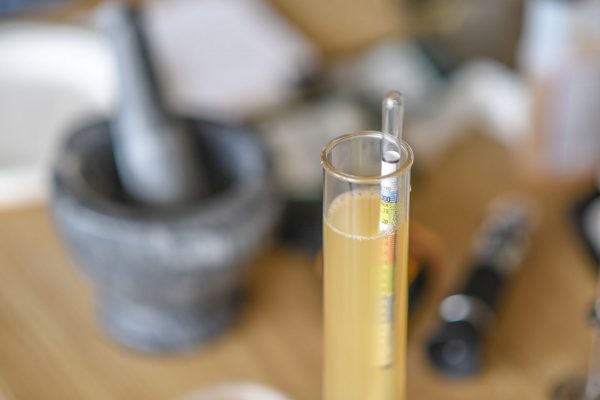
Seminar
Beers of Our Founding Fathers
What were our founding fathers drinking? Learn about the beers and brewing methods of the 18th century. Join food and beer historian Frank Clark of Colonial Williamsburg for a fascinating look back at old beer styles and some of the…



Share Post